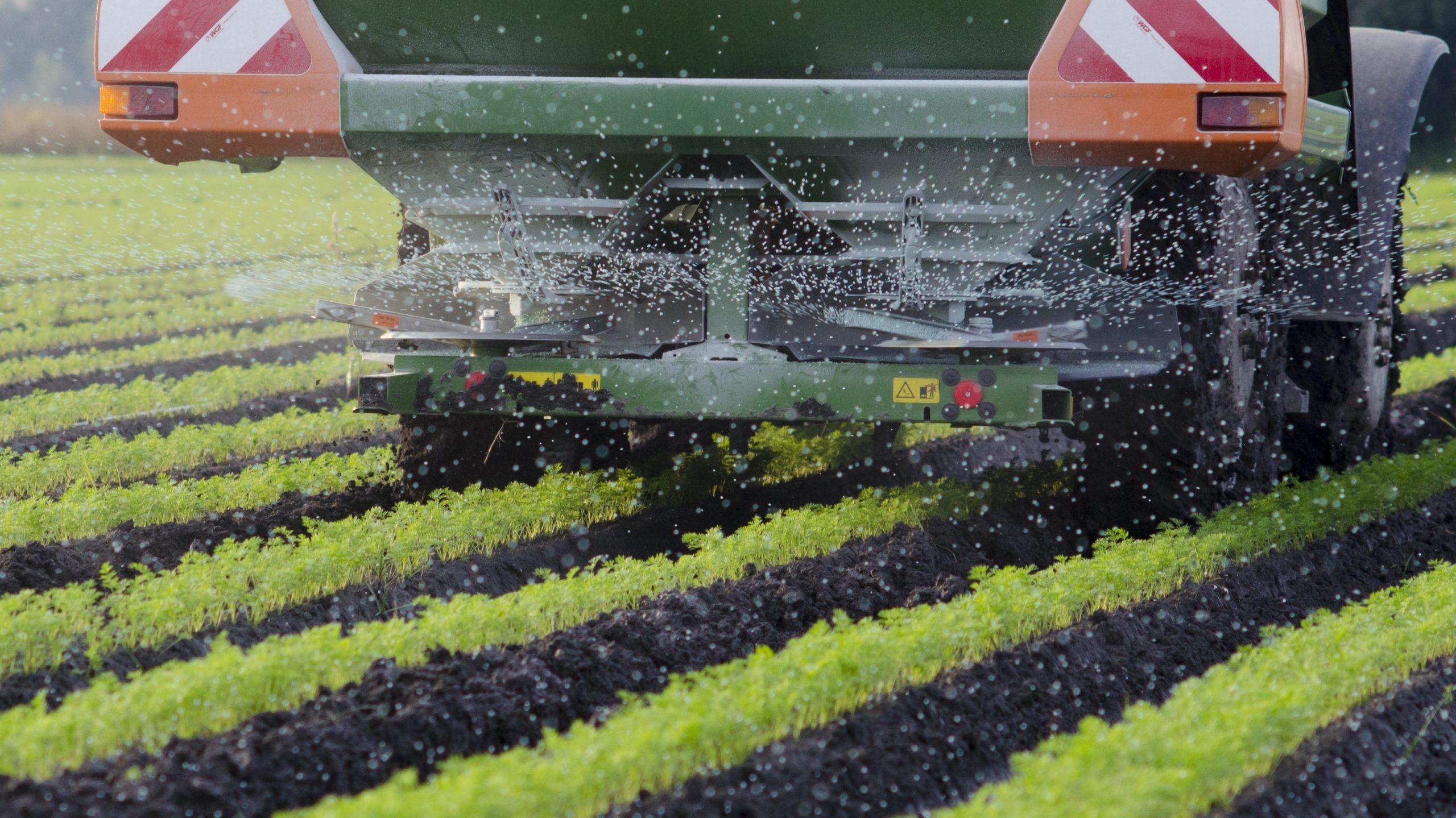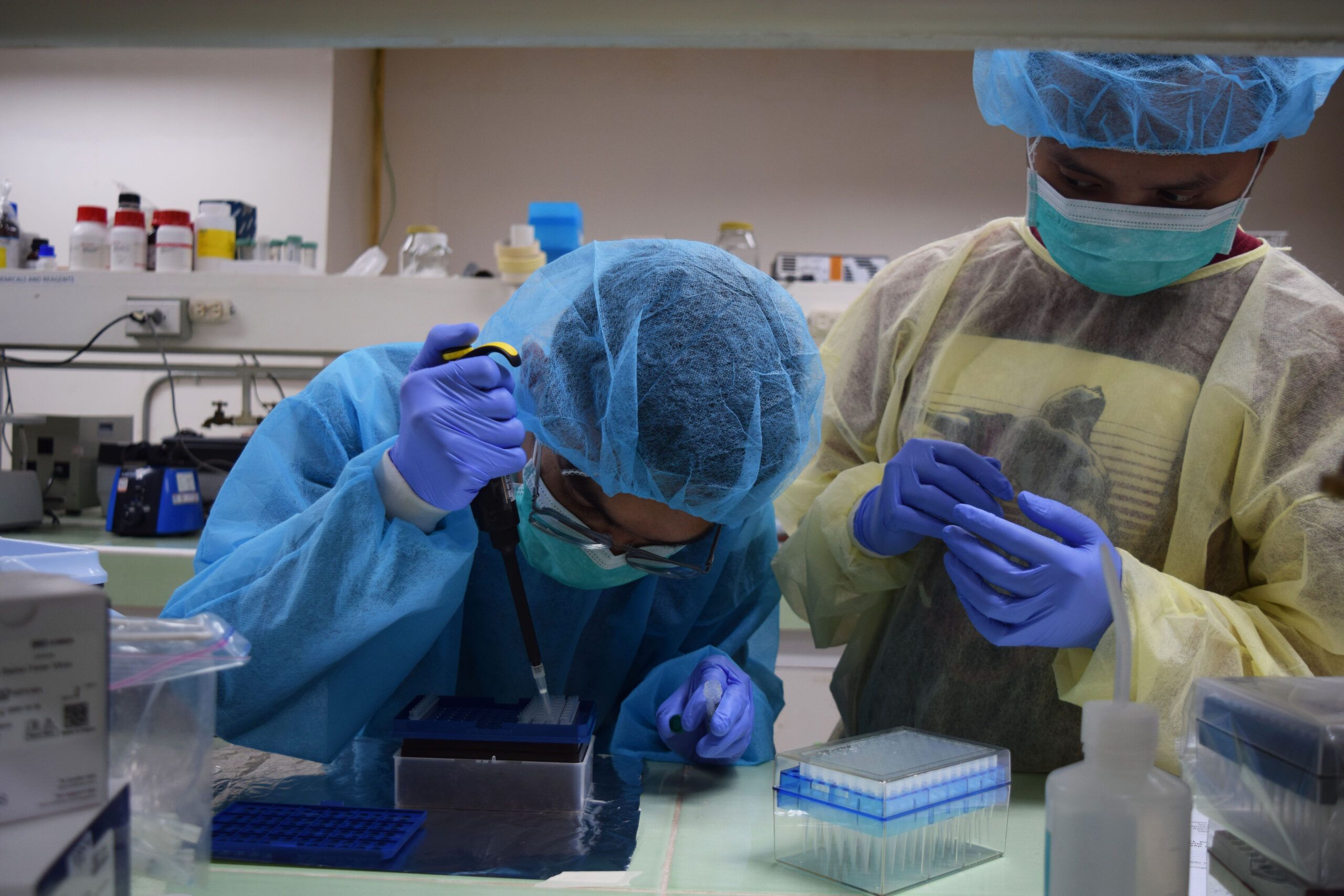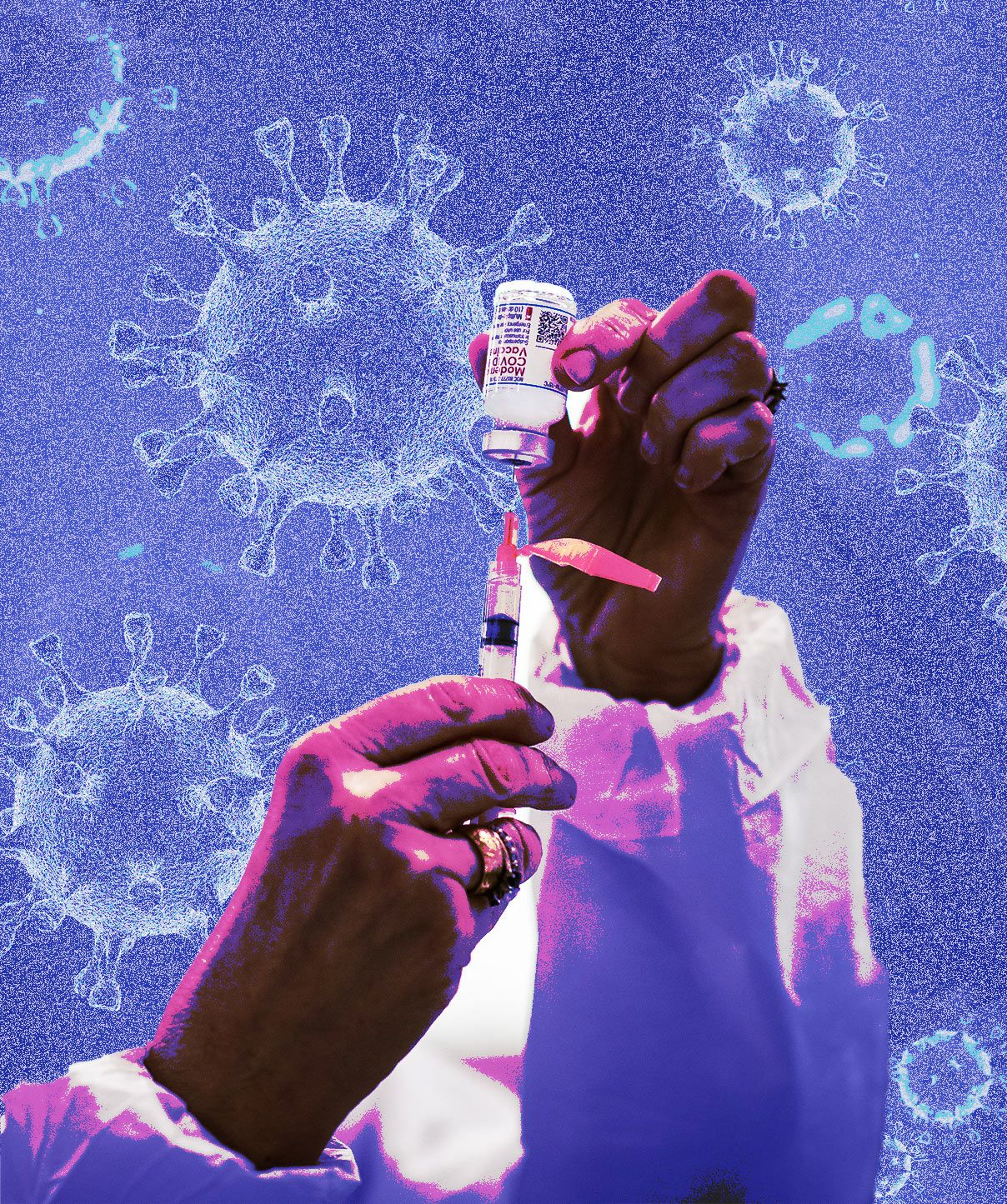Analysts expect weaker global pork trade
Global pork markets are being affected by sluggish economic growth, weak consumption and recurrent disease outbreaks, and according to Rabobank’s latest Quarterly Pork Report, global trade is expected to weaken after a strong first half of the year. While sluggish economic growth has impacted consumers around the world, pork continues to hold a relatively stable position on consumers’ plates, notes the Rabobank report. The reasons for the weaker performance vary from region to region. In Europe, pork consumption remains under pressure from persistently high prices. In the US, demand was slightly below expectations at the start of the summer as uncooperative weather and poor air quality hampered the start of the barbecue season. And in China, pork consumption remains weak due to a weak economy and heat waves across the country. Chenjun Pan, senior Animal Protein analyst at Rabobank, expects global trade to weaken in the second half of 2023. “Inventories of frozen pork in China are high due to weak consumption, putting pressure on imports. In addition, tighter supply in the EU is limiting shipments from the region,” said Pan. The Rabobank report highlights that pork supply in the EU and UK fell in the first four months of 2023, with double-digit declines in some countries. This tight supply is supporting high prices, which in turn is putting pressure on consumption. Meanwhile, in China, pork supply continues to outstrip demand, putting pressure on prices and leading to multi-month losses for producers. Rabobank adds that the liquidation of the country’s sow herd will continue in the second half of the year. Supply is also plentiful in the US, where producers have relatively healthy balance sheets after two years of outsized profits. However, given the forecast losses, Rabobank expects the US herd liquidation to continue until 2024.









